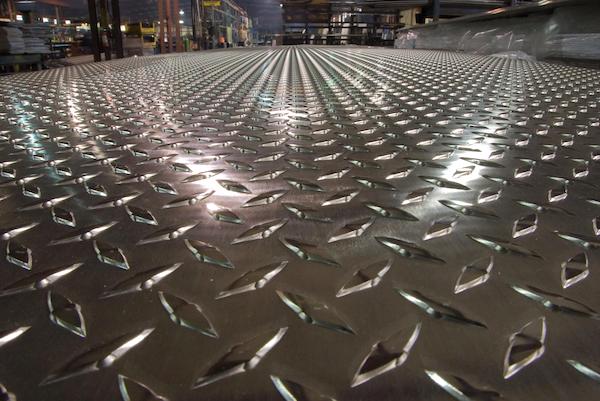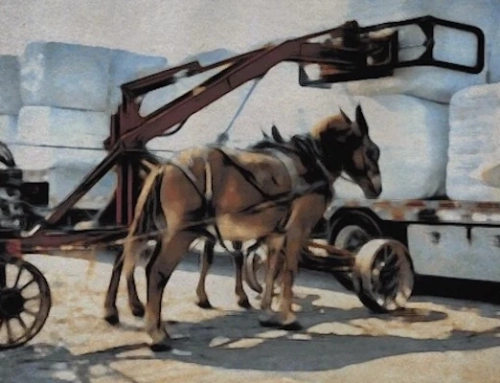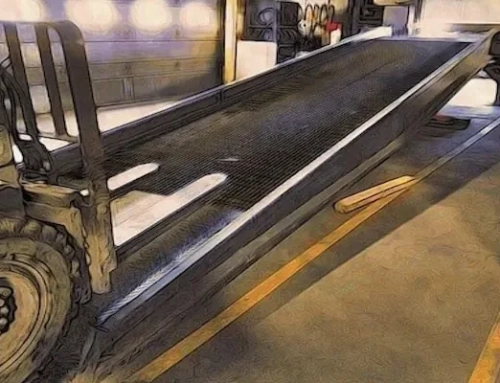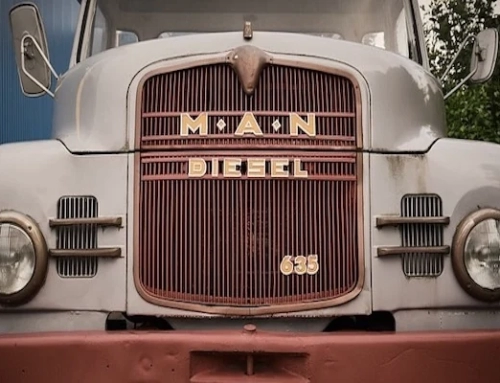On Utility, Economy & Ease

This week, our man McCoy Fields has a fascinating blog on ramp angles and why they’re positioned the way they are. McCoy gets there by way of a riff on how we teach math, which we’ve come to expect and anticipate. He provides good, graspable examples that we certainly appreciate.
McCoy writes, “Many (industrial) yard and loading ramps have steeper angles (than ramps for personal use) because we often have more limited room to fit the ramp, and we’re willing to make our workers do a bit more to earn their pay.”
Naturally, this got us thinking again about the utility and economy and ease of employing yard ramps. McCoy’s not missing the point; he’s too smart and savvy to let that slip past him. Rather, he’s illustrating the differential in distances and angles that specific types of ramps require.
What he doesn’t mention (though we know he will, if invited; go for it, McCoy) is all the other simple tools and machinery that businesses regularly use to move their inventory, whether ground-to-dock, ground-to-truck, or through the factory or warehouse floor.
Alongside human muscle and teamwork, the most common, and in no particular order, are:
- Pallet Jack
- Folding Platform Truck
- Towing Tractor
- Fork Over Base Stacker
- Electric Forklift
- Fuel Cell Forklift
- Sideloader
While they differ in construction and operation, all of these methods share a way to move stock from Point A to Point B. And what unites them is the yard ramp, the angled base on which your method for moving that stock rolls.
Our goal is to explore your particular requirements in order to assure that you rent or purchase the proper yard ramp for your operation’s needs. This includes determining the right specifications to accommodate, say, your forklift’s measurements and a typical load weight.
As always, we’re here to do “the heavy lifting” of matching your needs with our inventory.
___________
Quotable





